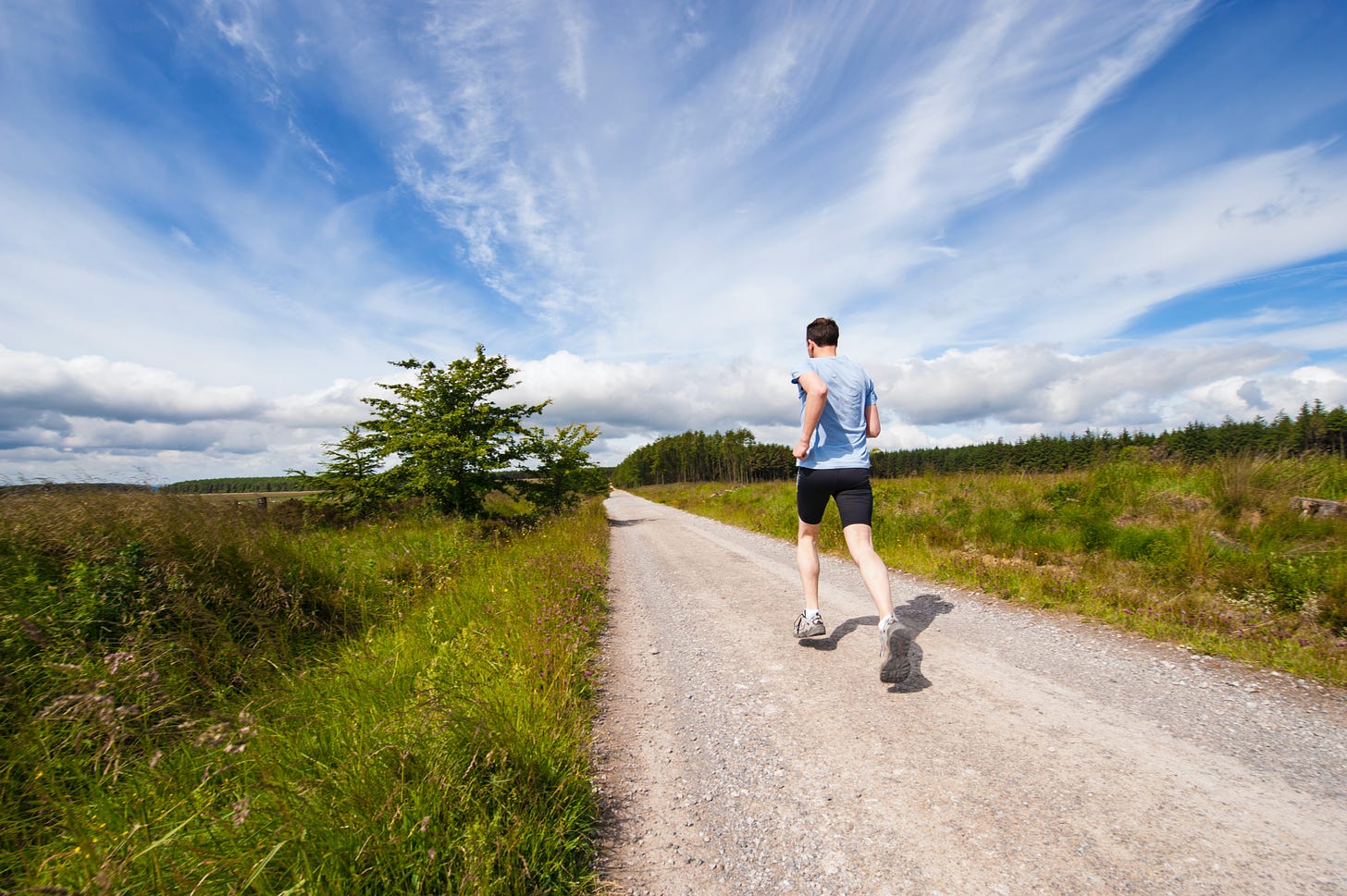Weekly Q&A: Nasal breathing during exercise, CBD for sleep and recovery, optimizing exercise Rx for fitness and longevity, and more!
Welcome to your resource for optimizing mental and physical performance.
Each week, I’ll answer some questions from audience members (like you!)
This week, I’ll answer questions on:
Nasal vs. mouth breathing for exercise performance
CBD for sleep and recovery
Energy expenditure during exercise
Optimizing exercise prescription for fitness and longevity
Do you h…
Keep reading with a 7-day free trial
Subscribe to Physiologically Speaking to keep reading this post and get 7 days of free access to the full post archives.



